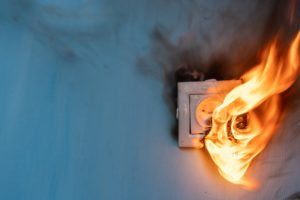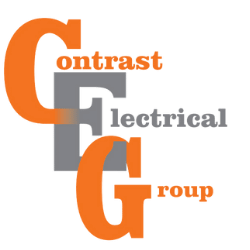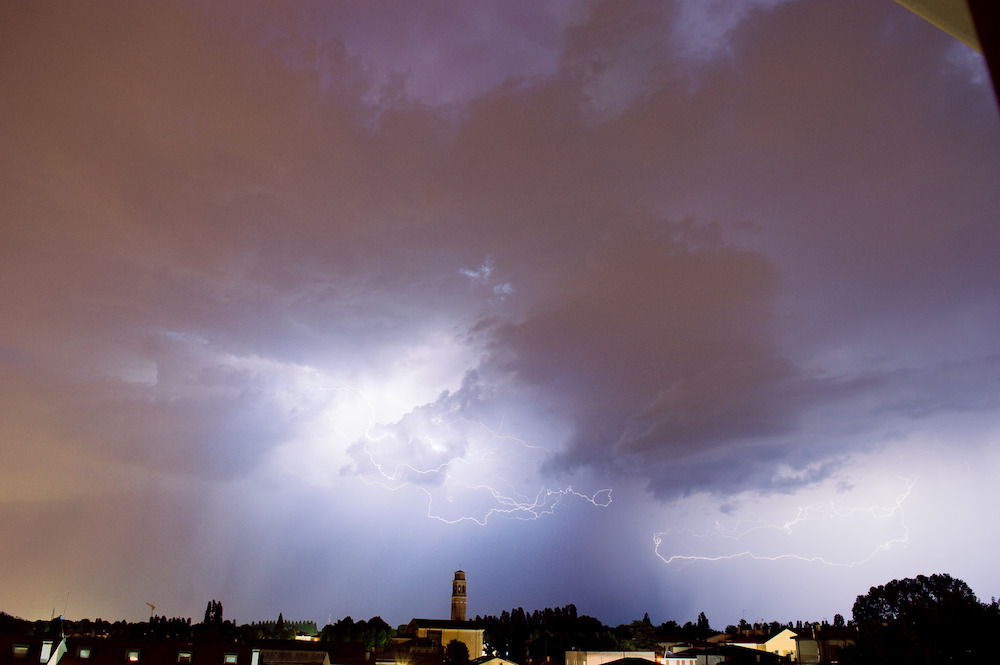Severe storms occur more often than any other significant natural hazard in Australia. Low-pressure systems are related to severe storms, these intense low-pressure systems can produce high winds and heavy rain, resulting in local flash flooding and severe, strong winds causing damage to properties and structures such as powerlines.
On December 16, 2006, one of Australia’s strongest measured wind gusts during a rainstorm was 196 km/h near Double Island Point, right here in Queensland. Severe thunderstorms can produce torrential rain, hail, and dangerous wind gusts. Severe thunderstorms can produce wind gusts of up to 90 km/h or more.
These severe weather conditions can significantly damage the electrical infrastructure and cut power to thousands of consumers.
Therefore, it is critical to prepare for storm season and to observe these guidelines to ensure that you and your home’s electrical supply is safe as storm season is around the corner.
Preparing your electrical system before a storm
Storms might occur with little warning during the storm season, so you must be prepared. Cyclones, hail storms, floods, and extreme weather can strike at any time, so you must be careful about your home’s electrical safety when they do occur.
Turn off breakers
This is done to avoid electrical surges, which can harm your appliances during intense storms. If you do not have safety switches, have a licensed electrician in Toowoomba install them in your home.
Charge your electronics before the storm
Storms can cause significant damage to power lines and other electrical infrastructure. This can result in power outages lasting several hours or even days. Charge any gadgets you might need before the storm but make sure you unplug them as the storm approaches and during the storm, electronics such as your mobile phone, laptops, radios, flashlights, and so on to protect them from electrical surges. You never know when you’ll get another chance to charge it and you may require it.
Turn off and unplug electronics
When a storm is approaching, turn off and unplug your electronics. Computers, smart TVs, microwave ovens, laptops, and other sensitive electronic devices are completely turned off. If at all feasible, relocate them to higher ground. This protects your appliances from voltage fluctuations that may happen when the power comes back.
Turn off your heating and air conditioning systems
Turn off and disconnect your home’s boilers and cooling systems, as they also utilize energy for timers, pilots, lighting, and clocks.
Never use electrical equipment that has come into contact with water
There are cases where you still have electricity even if your area has already been flooded. Never turn on or use any electrical equipment since it can cause electrocution. Before you switch it on, contact a professional electrician to help you get your power back on after the storm.
Don’t forget devices connected to solar
Many Australian homes have Solar installed which is used to power devices. Use the safe isolation process to shut down your solar system before the storm hits or just disconnect your devices.

Electrical Safety After The Storm
Storm damage can be unpredictable; your home may appear to be in good condition, but there may be concealed damage that causes problems to devices or results in hazards to anyone in the home. When electricity is restored ,be careful to inspect your home’s electrical system for any damage.
- Storms can cause damage to powerlines and equipment. Avoid touching any electrical cables, electrical signs, street lights, or other electrical material near or inside your home
- Do not attempt to repair a downed powerline on your own. Keep clear of damaged powerlines and report them to your local electricity distribution company.
- Avoid touching switchboards, especially if they have been damaged by water or fallen objects. Do not try to turn them on and call an electrician who must inspect and fix them prior to use.
- To avoid problems, contact a certified electrician to do verification checks on your wiring, switchboard, outlets, lighting, appliances, and equipment before reconnecting them.
- You might be tempted to use your solar to get emergency power. Only do so after a a technician has thoroughly checked it.
Safety is always your primary concern before, during, and after a storm. Keep an eye out for any storm-related announcements from local authorities. When you’re not sure, it is best to contact an emergency electrician to inspect and fix the problem.
Don’t put yourself in undue danger by turning on your power straight after the storm without first checking with your power distribution provider.
Electricity outages are common after a large storm, so plan for alternate sources of power, such as a generator or battery powered devices.

